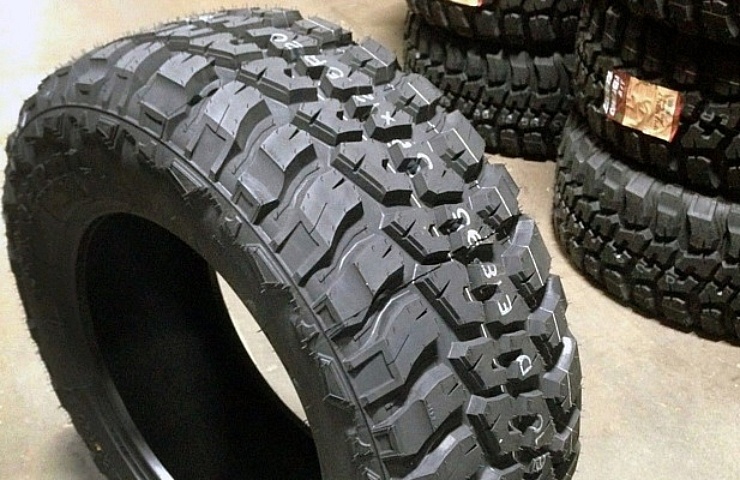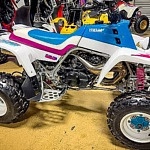Contents
Options for upgrading your adventure rig are practically endless. But equipping your vehicle with reputable rubber is a top priority. After all, your tires are the only thing connecting you to the trail.
The two most common types of off-road tires are all-terrain and mud-terrain tires. Many companies offer both variants, but it’s essential to know the difference between the two.
Running worn-out or wrong tires when adventuring off the beaten path can lead to all kinds of problems, including getting stuck.
All-Terrain Tires Are a Happy Medium
All-terrain tires, or A/Ts, offer rugged tread patterns and improved sidewall design. Staggered tread designs help keep grip when traversing bigger boulders or off-camber situations. All-terrain tires, like Cooper Discoverer A/T3 XLTs, have oversized lugs (the block of rubber within the tread) that perform admirably in the dirt. They are also quieter than mud-terrains on the highway, while providing better fuel economy and longer wear.

Cooper Discoverer A/T3 XLT
Most off-road enthusiasts use all-terrains because they’re a happy medium between a highway-runner and trail-traversing tire. However, if your trail adventures regularly lead you through heavy mud, then a mud-terrain tire is the better bet.
Other popular all-terrain tires include the Falken WildPeak A/T3W, BF Goodrich T/A KO2, and Goodyear Wrangler DuraTrac. Check out this deep-dive video describing the BF Goodrich T/A KO2 design:
Mud Tires Handle the Muck
Mud-terrain tires boast aggressively oversized tread patterns and bolstered sidewalls. Protruding rubber designs keep your rig moving forward in tricky terrain. For instance, BF Goodrich’s KM3 M/T tires use a pattern that clears mud out of its treads more efficiently than a typical A/T tire. If you’re headed into the slop, mud tires get the nod.

BF Goodrich’s KM3 M/T
Its large blocky pattern with thick sidewalls keep them clean. But there are drawbacks. Mud-terrain tires can be noisier on paved roads, wear faster, and sacrifice fuel economy.
If you’re shopping mud tires, you’ll also want to consider the Dick Cepek Extreme Country and Nitto Trail Grappler, along with the Mickey Thompson Baja.
Pricing Off-Road Rubber
Off-road tire prices depend on several factors: quality, type, and size, performance features, and brand. New off-road tires typically start around $120 per tire. Costs vary widely, of course, based largely on brand, size, and quality. The price can climb above $400 if you’re running 40-inch mud tires.
Quality comes at a price. So if you’re looking for a set of cheap mud tires, it’s worth a look at the wide selection of used off-road tire offerings on eBay.
Be sure to check the date stamp on the tire because older tires are prone to cracking. Also, some tire shops might refuse to mount them. This article will help you decode the numbers on the sidewall to determine the manufacturing date.
For an extra measure of safety, consider carrying a full-size matching spare. Many off-road vehicles allow you to mount the back-up securely on a roof rack or via a spare tire carrier.





